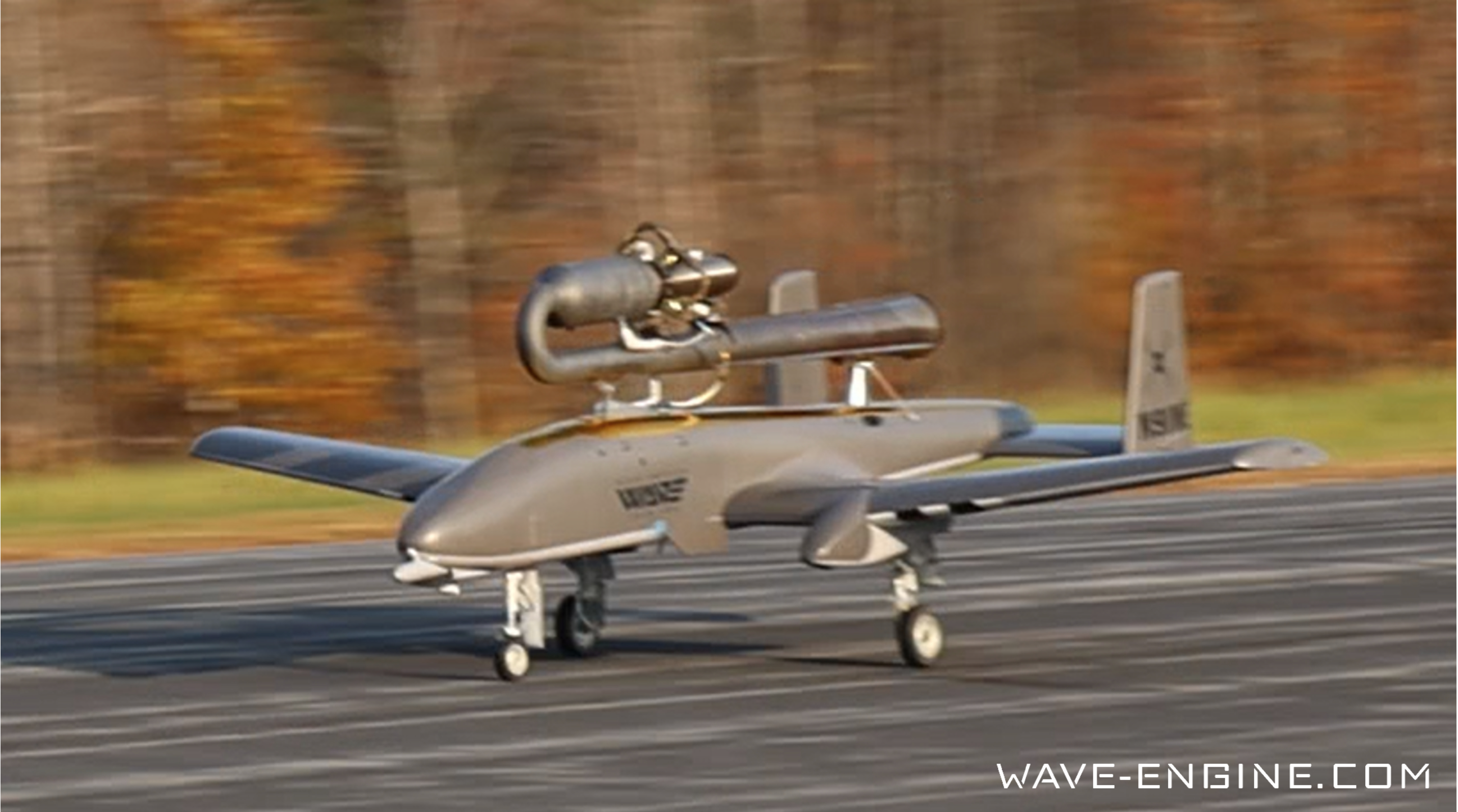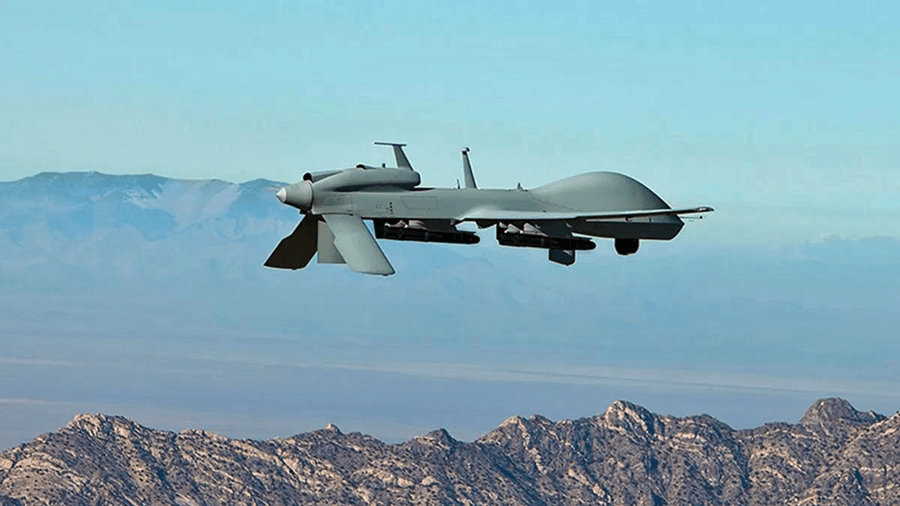Flight experience leads to concepts that work
We got a chance to sit down with Kavi Amarasinghe, the owner of Aerialpixels.com, a mulitrotor specialist company. What started as flying and photographing from a multirotor platform as a hobby has grown into supplying parts and custom multirotor aircraft to clients all over the world. Here’s what Kavi had to say about how his business came to be.
Above: Every custom-design goes through a rigorous performance checklist including test flights.
RotorDrone: When did you start your business?
Kavi: Aerialpixels was started in 2012. At first we wanted to cater to professional-grade camera stabilization requirements for the aerial platform. We designed a stabilization platform that worked well with multirotor copters and began shooting and filming over in Europe. Now most of our business involves building custom-made rotordrones and stabilization platforms for use in filming and photography.
How did you get involved in multirotors?
Kavi: I have been a passionate RC enthusiast for 27 years and got into multirotors about four years ago, starting with smaller quads and falling in love with the abilities of gyro/GPS-stabilized aerial platforms and their capabilities in the photographic and video industries.
What do you specialize in?
Kavi: We specialize in building and flying custom aerial platforms for the international market. We travel the world with our builds and also provide consulting for custom builds with very specific needs; for example, high-altitude takeoffs and extreme weather conditions while flying.
At first our designs required two people to operate them efficiently. One was the pilot and the other person operated the video/photo camera and the stabilization platform. But with tremendous jumps in stabilization technology, we are now able to fly with one person and have the camera track the scene by itself. This technology allows the aircraft to be controlled safely with one person as the pilot/cameraman.
Are your flights pre-planned or improvised while you’re in the air?
Kavi: For safety reasons, and to get the most out of our time in the air, most of the flight paths are pre-planned and we try not to deviate from that plan. We will take into consideration the best time to photograph our subject, and at what angles the multirotor will travel. We try to plan our shots to keep the shadow of the multirotor out of the video or photograph during the shoot. By planning out our timing, we can achieve the video or photographs we need with just a few flights, cutting down cost and time.
Above: Battery pack location can be a key factor in design and performance. In most Aerialpixel aircraft, the battery is centered on the multirotor.
Above: A quality rotating stabilization for the camera will provide the smoothest possible video. Aerialpixels specializes in gyro systems that are designed to suit our client’s shooting needs.
Above: Small details such as shock-absorbing landing gear add to the quality of the aircraft.
Above: Some camera mounts, such as this one, are designed to be detached from the multirotor aircraft. They can even be used handheld.
What equipment do you use?
Kavi: Most of our multirotor and flying builds are custom made for a specific application. From props to electronics, we carefully plan and test each and every build. Cameras range from GoPro to RED Dragon and everything in between. Our designs are at the upper end in the multirotor market, and are for the pilot who is looking for the best drone to fill his or her particular need.
What are the most exciting projects you’ve worked on?
Kavi: I would have to say the projects in the Greek Islands and Europe were a lot of fun. We got to fly and photograph some of the nicest country in the world. The resulting images were outstanding, and they required us to be at the top of our piloting abilities.
What is your favorite project to date?
Kavi: I would have to say that flying around the volcanic mountains of Santorini Island in Greece was one of my favorite jobs to date. There were a couple of hotels located at the base of this volcanic mountain that always wanted some aerial shots from the side of the volcanic mountain, but it was nearly impossible for helicopters to fly on location. We were able to get them the shots they wanted from that side because multirotors are versatile and nimble.
Any close calls?
Kavi: Thankfully, none so far, and I have to attribute that to always sticking with our flight plan. When dealing with multirotors in as large a scale as ours, having a flight plan is a good way to keep from having any close calls.

























